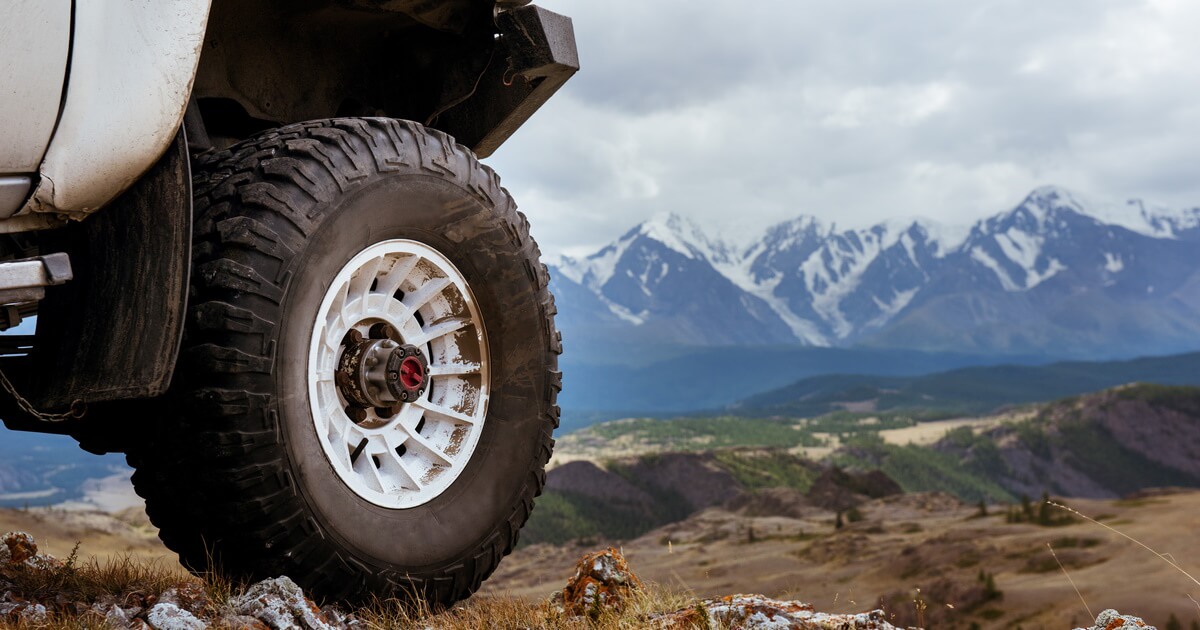Two of the most popular drivetrain systems used in modern vehicles are all wheel drive vehicles (AWD) and four wheel drive vehicles (4WD) . While they both provide power to all four wheels of a vehicle, there are significant differences between the two that can affect their performance and suitability for different driving conditions.
AWD is a drivetrain system that distributes power to all four wheels of a vehicle on a continuous basis. This means that all four wheels are receiving power all the time, providing improved traction and stability on a variety of road surfaces. AWD is typically used in passenger cars and SUVs, and it is designed to provide better handling and performance on both wet, dry and snowy roads. Although AWD is not as popular with pickup trucks there are a few exceptions such as the Ford Maverick, Honda Ridgeline, and Hyundai Santa Cruz which have AWD drivetrains.
In contrast, 4WD is a drivetrain system that distributes power to all four wheels only when needed. It is typically found in off-road vehicles and trucks that require additional traction when navigating off-road. The Jeep model lineup of SUVs, however, uses a 4X4 drivetrain as opposed to AWD. 4WD systems allow the driver to switch between 2X4 and 4X4 modes, depending on the driving conditions.
Advantages of AWD:
Improved Traction: AWD systems are designed to provide improved traction on all road surfaces. The power is distributed to all four wheels, allowing for better handling and control, especially on slippery or wet roads.
Better Handling and Performance: AWD systems are designed to provide improved handling and performance on dry roads. This is because the power is distributed evenly to all four wheels, allowing for better acceleration and cornering.
Improved Fuel Efficiency: AWD systems are more fuel-efficient than 4WD systems. This is because they are typically used in passenger cars and SUVs, which are designed to be more fuel-efficient than trucks and off-road vehicles.
Advantages of 4WD:
Improved Traction on Rough Terrain: 4WD systems are designed to provide improved traction on rough terrain. This is because the power is distributed to all four wheels, allowing for better control when navigating rocks, mud, or snow.
Heavy Towing Capabilities: 4WD systems are capable of towing heavier loads than AWD systems. This is because they are typically used in trucks and off-road vehicles, which are designed for heavy-duty use.
Disadvantages of AWD:
Higher Cost: AWD systems are typically more expensive than 2WD systems. This is because they are more complex and require more components, such as additional differentials and axles.
Increased Maintenance: AWD systems require more maintenance than 2WD systems. This is because they have more components that need to be serviced, such as the differentials and axles.
Decreased Fuel Efficiency: While AWD systems are more fuel-efficient than 4WD systems, they are less fuel-efficient than 2WD systems. This is because they have more components that need to be powered, such as additional axles and differentials.
Disadvantages of 4WD:
Increased Weight: 4WD systems are typically heavier than 2WD systems. This is because they have more components, such as additional axles and differentials, which add weight to the vehicle.
Decreased Fuel Efficiency: 4WD systems are less fuel-efficient than 2WD systems. This is because they have more components that need to be powered, such as additional axles and differentials.
Drivetrain Damage: 4WD systems can cause damage to the drivetrain if used on dry pavement or at high speeds. This is because the additional components can cause increased wear and tear on the drivetrain.
In conclusion, both AWD and 4WD are capable drivetrain systems that provide power to all four wheels of a vehicle. However, they have distinct advantages and drawbacks that make them better suited for different driving conditions and purposes. AWD is typically used in passenger cars and SUVs, providing improved traction, whereas 4WD is typically used in pickup trucks providing improved towing capacity and improved off road traction.
